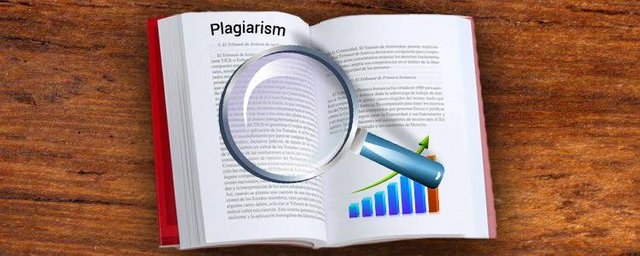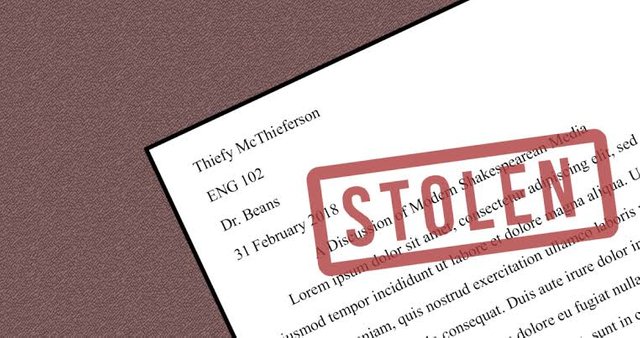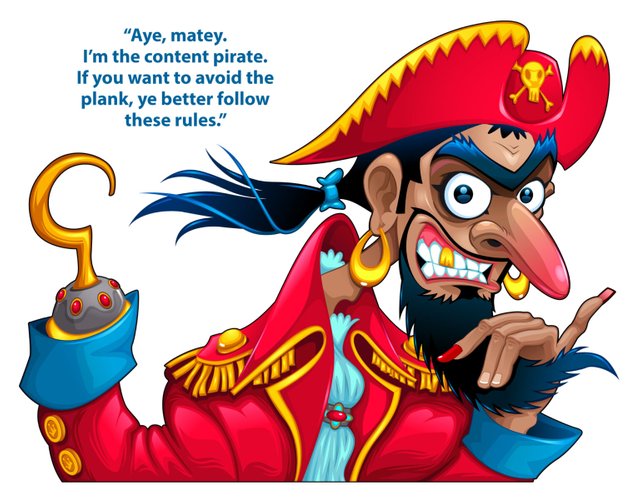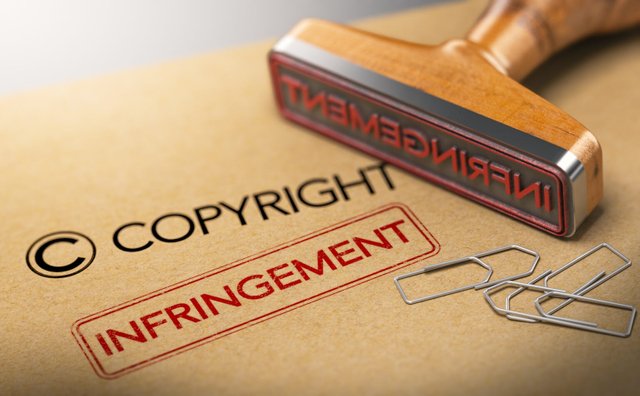Hello there,
I hope all the greeters, greeter helpers and whole the newcomers community members are enjoying the life with enthusiasm and good health in this global pandemic COVID-19 situation. I hope to merciful God for health of our families friends and other love ones.
First of all, I would like to thanks the @cryptokannon who is always striving to guide newcomers in newcomers community.
Achievement-3 task .
Today, I am going to share my achievement-3 task in newcomers community for the verification. In this task, I am going to discuss content etiquettes .
Content etiquettes .
Content etiquettes means if you want to share or publish your work with others or any website then you need to follow some rules to avoid the plagiarism and piracy. There are laws in all over the world to protect the work of any authority and prevent others from stealing the content of any author.
Synopsis
All content creators and authors want their work to be shared. But, when you take too much information and content from them, it can become a problem for you and for the original author. Especially if you take credit for someone else’s work, or don’t credit them properly. Here are the basic rules, as I see it, you need to follow.
What You Will Learn In This Post ?
- You will learn my 4 basic rules for sharing another author’s content.
- You will learn why linking to another author, or providing backlinks, in imperative.
- You will learn some of the fundamental ways that you shouldn’t be claiming the work of others as your own.
Introduction
If you would like to share, use, or copy, any of an author’s content or work to use on your website, in your article, in your blog post, in your book, or anywhere else, that’s great. It’ll help that author expand their audience, and it will help you and your audience too. Sharing content is expected. The entire internet is about sharing content.source
Plagiarism
Plagiarism means taking someone's works, writings, thoughts and ideas to share and publish as your own means you are stealing someone other author's work.
 source
source
Types of plagiarism
The Common Types of Plagiarism
There are different types of plagiarism and all are serious violations of academic honesty. We have defined the most common types below and have provided links to examples.
Direct Plagiarism
Direct plagiarism is the word-for-word transcription of a section of someone else’s work, without attribution and without quotation marks. The deliberate plagiarism of someone else's work is unethical, academically dishonest, and grounds for disciplinary actions, including expulsions.
Self Plagiarism
Self-plagiarism occurs when a student submits his or her own previous work, or mixes parts of previous works, without permission from all professors involved. For example, it would be unacceptable to incorporate part of a term paper you wrote in high school into a paper assigned in a college course. Self-plagiarism also applies to submitting the same piece of work for assignments in different classes without previous permission from both professors.
Mosaic Plagiarism
Mosaic Plagiarism occurs when a student borrows phrases from a source without using quotation marks, or finds synonyms for the author’s language while keeping to the same general structure and meaning of the original. Sometimes called “patch writing,” this kind of paraphrasing, whether intentional or not, is academically dishonest and punishable – even if you footnote your source!
Accidental Plagiarism
Accidental plagiarism occurs when a person neglects to cite their sources, or misquotes their sources, or unintentionally paraphrases a source by using similar words, groups of words, and/or sentence structure without attribution. (See example for mosaic plagiarism.) Students must learn how to cite their sources and to take careful and accurate notes when doing research. (See the Note-Taking section on the Avoiding Plagiarism page.) Lack of intent does not absolve the student of responsibility for plagiarism. Cases of accidental plagiarism are taken as seriously as any other plagiarism and are subject to the same range of consequences as other types of plagiarism.
source
How to avoid the Plagiarism.
Rules and content etiquettes
There are four basic etiquettes and rules for content sharing, which are given below.
Content Sharing Etiquette Rule # 1:
Use of real author name :
Use The Author’s Name As They Use It
a. You must use the author’s name, as they use it on their own online and in-print work. If the author’s name is Joseph C. Smith, Jr., don’t re-write it as Joe Smith. Or as Joe Smithjr. The author has a reason to write his name the way he does, and you should respect that.source
Content Sharing Etiquette Rule # 2:
Use backlink :
You Must Include A Backlink To Original Author
a. If you’re sharing or using another person’s online content, such as you might find on their website or blog, a link back to the author’s website or blog is mandatory. Simply including their name is not enough. Backlinks are a major part of blogging. You want them, and so does the author whose work you are using.
Content Sharing Etiquette Rule # 3:
Notify the original author
You Must Notify The Original Author
a. If you’re sharing or using another person’s content in your own book, ebook, or print, notifying the author is mandatory.
b. Sending the author an email letting them know that you are using their content in your book is expected because it’s just common courtesy and a sign of respect.
c. The original author can then let their own readers see how and where their content is being used, and share and promote your content too. It’s a win-win-win for all involved. This is how you succeed as an author, blogger, and business person.source
Content Sharing Etiquette Rule # 4:
Don’t Put Your Name On Something That You Didn’t Create.
a. You cannot re-post an author’s content and then add your name as co-author.
b. You cannot re-post an author’s content, then delete their name, and sign your name to it, claiming that it’s your work.
c. You cannot re-arrange the paragraphs, and then claim the original author’s work as yours alone.
d. You cannot re-post an author’s content, word-for-word, and then claim it as your work, by simply changing the title.
e. You cannot re-post an author’s content, word-for-word, and add a few of your own paragraphs, and then claim it as your work.
All of these are outright stealing and copyright infringement. Doing any of this, but adding a backlink to the original author, doesn’t make it any less creepy and underhanded.
Conclusion
Following these simple rules will help you stay out of trouble. And these rules will help you build good relationships with other content creators and authors. When you show others respect, courtesy, and fairness, they, in turn, will show you the same. It can, and should be, a win-win-win-win for both authors and their respective audiences.source

I have read and understood all the content etiquettes and also I have learned about the different types of plagiarism which will help me working on this tremendous platform @steemit.
I hope you gys will like my post and greeters hopefully will verify it. I am waiting for your kind words of guidance and appriciation in comments section.
Respectfully mentioning mentors on steemit,
@cryptokannon @steemit
@hassanabid @steemitpakistan
@haidermehdi @steemcurators
@rashid001 @belenguerra



Informative post ......... keep it up bro
Downvoting a post can decrease pending rewards and make it less visible. Common reasons:
Submit